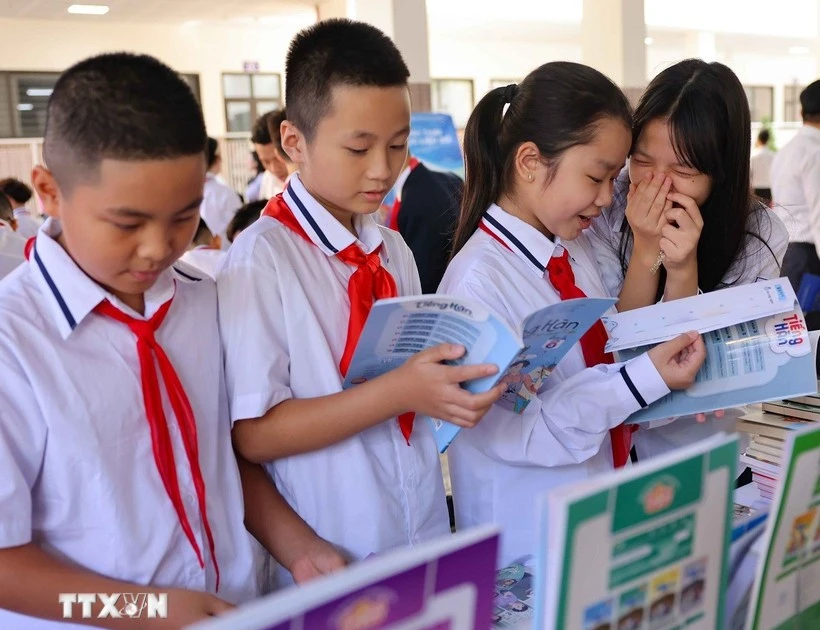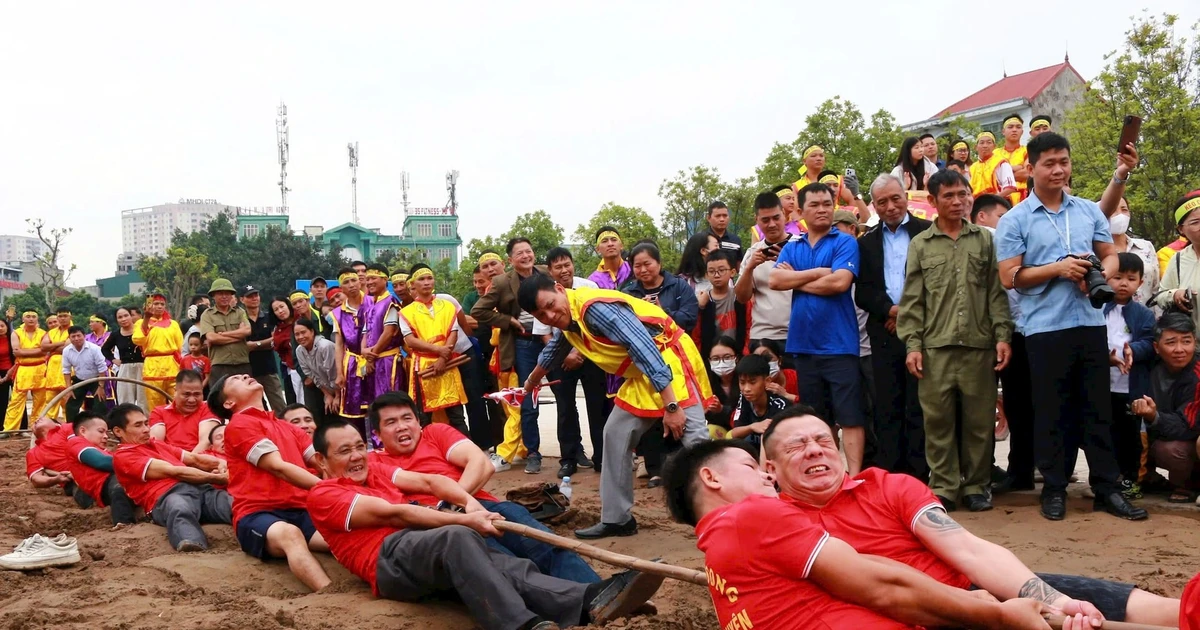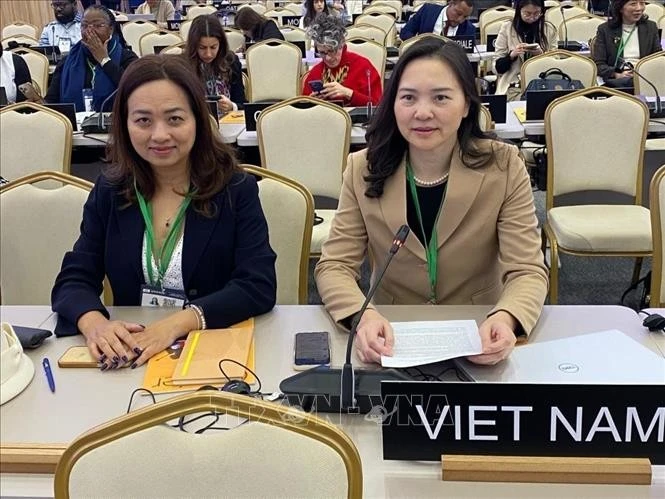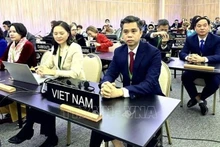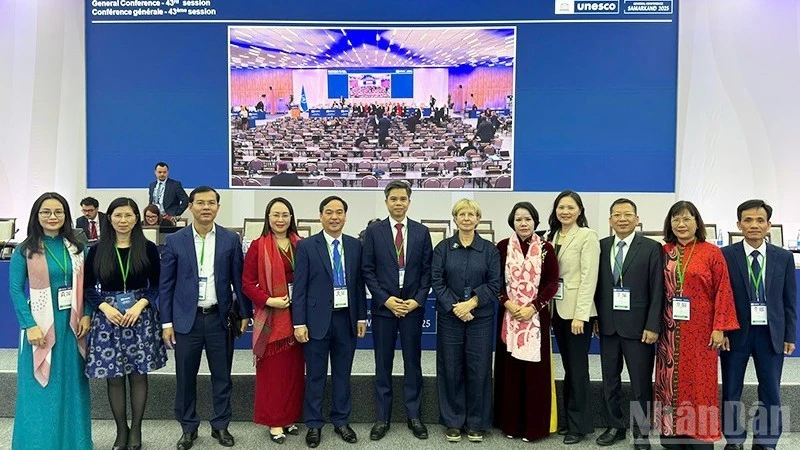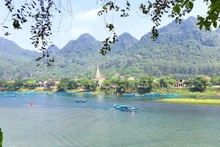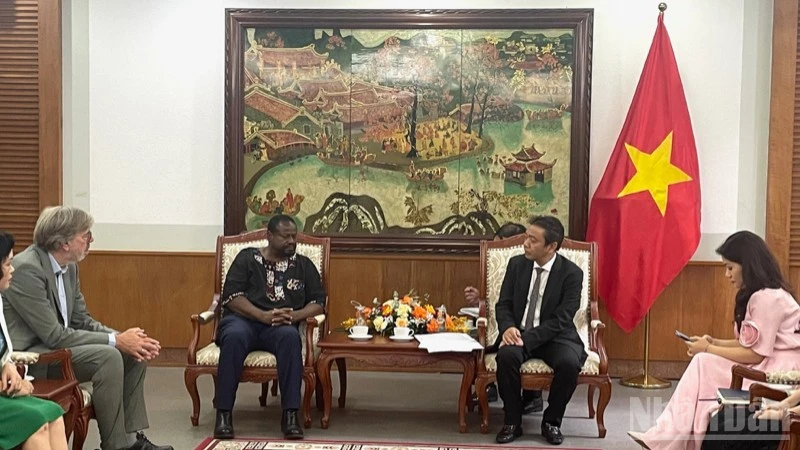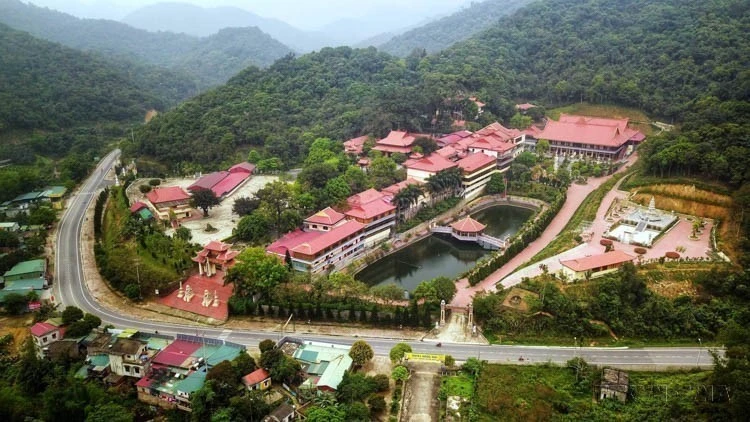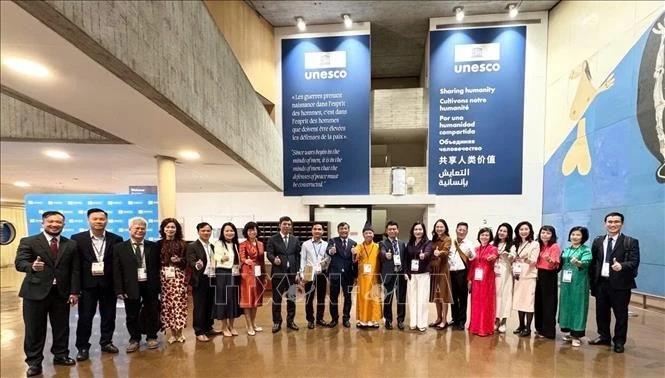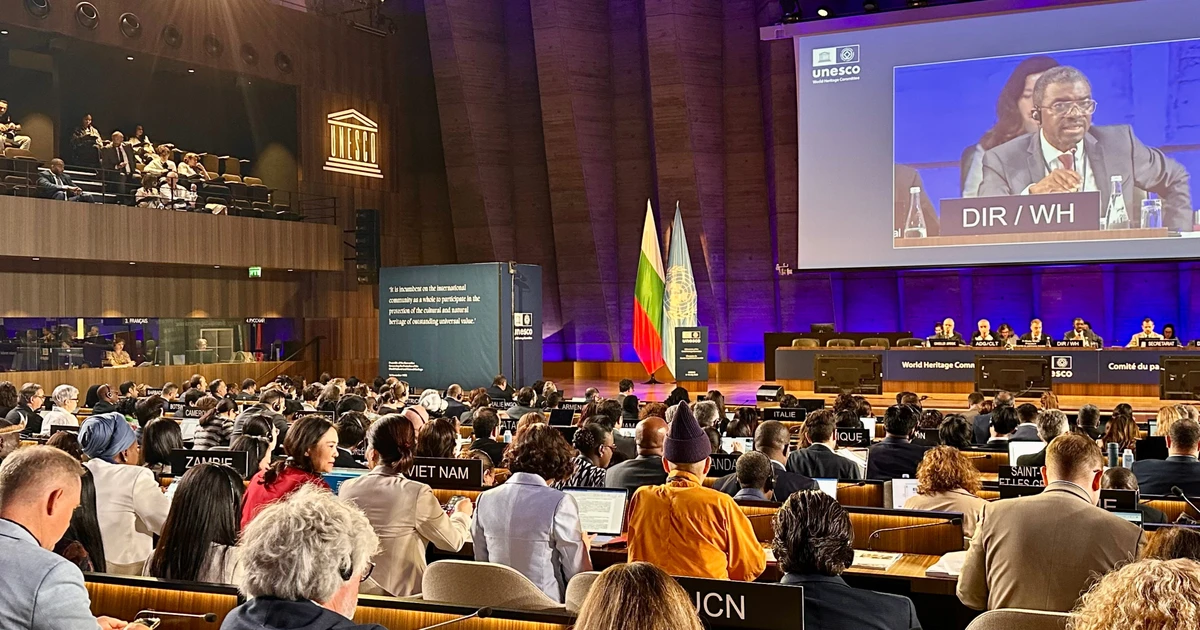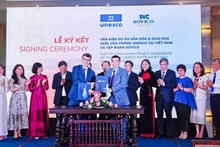
Infographic: Dong Ho folk painting craft - UNESCO's Intangible Cultural Heritage in Need of Urgent Safeguarding
On December 9, 2025, in India, the 20th Session of the Intergovernmental Committee of the 2003 Convention for the Safeguarding of the Intangible Cultural Heritage of UNESCO adopted a decision inscribing Dong Ho folk painting craft on the List of Intangible Cultural Heritage in Need of Urgent Safeguarding.



